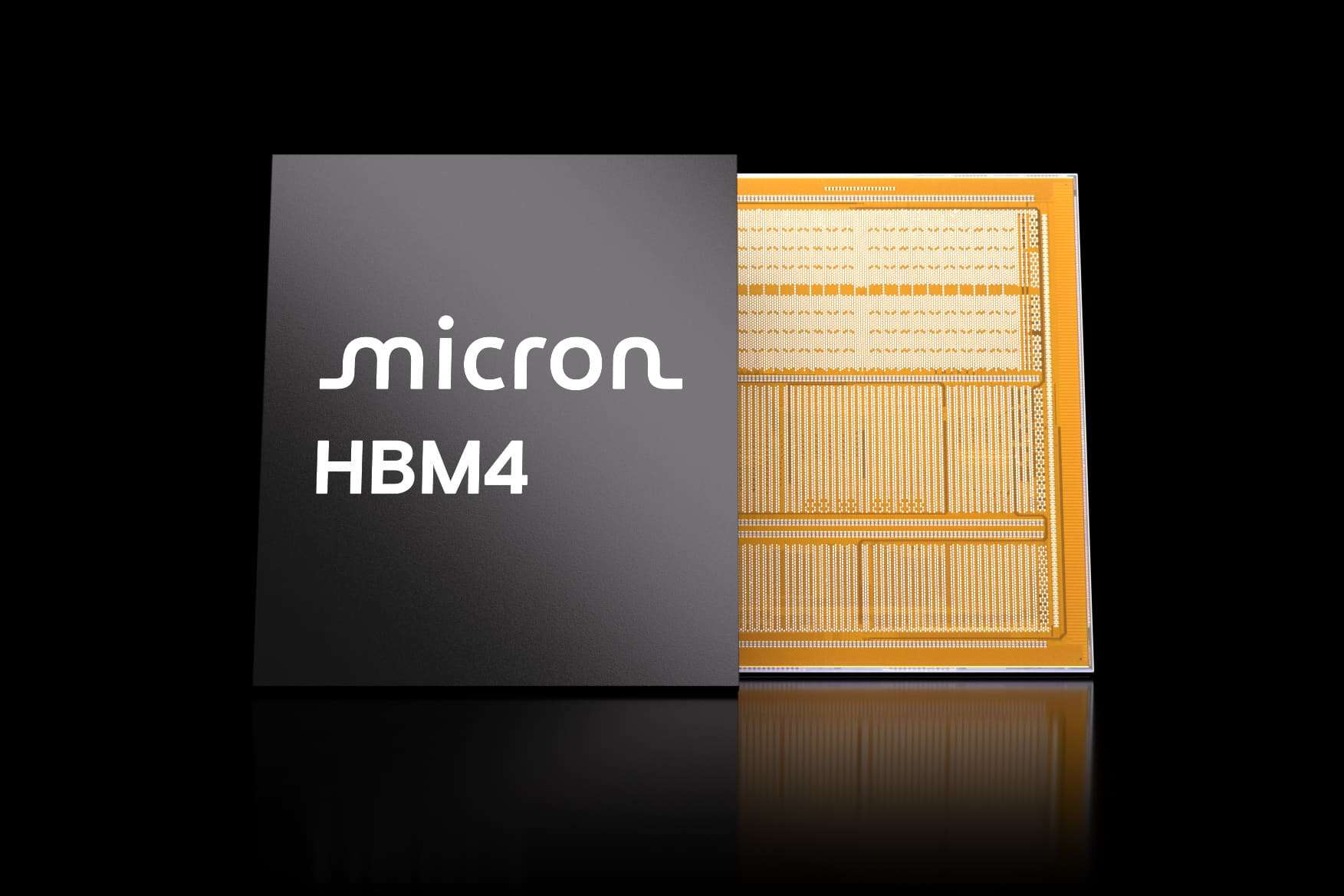HBM (High Bandwidth Memory) memories have become one of the most sought-after strategic components in the tech industry. During the era of artificial intelligence and supercomputing, these ultra-high bandwidth memories are redefining performance limits in graphics processing units (GPUs), data centers, and high-performance computing (HPC) systems.
What is HBM Memory?
HBM is a type of 3D-stacked DRAM, directly connected to the processor via a silicon interposer. Unlike GDDR memory (used in conventional graphics cards), which is arranged around the GPU in separate modules, HBM is physically placed next to the main chip, reducing latency and multiplying available bandwidth.
- Massive bandwidth: far exceeds GDDR6 and GDDR7 in transfer speed.
- Energy efficiency: provides higher performance per watt, crucial for servers and AI systems.
- Compact design: stacking reduces board space, allowing more power integration in less surface area.
Evolution of HBM Generations
Since its first introduction in 2015 with the AMD Radeon Fury graphics cards, HBM technology has experienced rapid evolution:
| Generation | Year Introduced | Bandwidth per Stack | Maximum Capacity per Stack | Key Uses |
|---|---|---|---|---|
| HBM1 | 2015 | ~128 GB/s | 1 GB | AMD Radeon R9 Fury X |
| HBM2 | 2016-2017 | ~256 GB/s | 8 GB | NVIDIA Tesla V100, AMD Vega |
| HBM2E | 2019-2020 | ~410 GB/s | 16 GB | NVIDIA A100, Huawei Ascend |
| HBM3 | 2022 | ~819 GB/s | 24 GB | NVIDIA H100, AMD Instinct MI300 |
| HBM3E | 2024 | ~1.2 TB/s | 36 GB | NVIDIA H200, Intel Gaudi 3 |
| HBM4 | Projected 2026 | >1.5 TB/s (estimated) | >48 GB | Next-generation exascale AI systems |
Each generational leap has brought a radical increase in bandwidth and capacity, responding to the growing demands of generative AI and scientific supercomputing.
Who Leads Global HBM Production?
The HBM industry is heavily concentrated among three South Korean manufacturers and one Japanese firm, making this technology a strategic global resource:
- SK hynix: current market leader. It is the primary supplier to Nvidia, providing over 50% of the global HBM3E supply. Their memories are in the H100 and H200 chips, driving the current AI surge.
- Samsung Electronics: historically dominant in DRAM, recently lost leadership in HBM due to failing to secure contracts with Nvidia, though it continues supplies to AMD and Broadcom. It is accelerating HBM4 development.
- Micron Technology (USA): the third capability player, focusing on data center-specific memories and DDR5. Its adoption of HBM has been relatively late.
- Kioxia (Japan): primarily focused on NAND Flash, but has initiated HBM development in collaboration with strategic partners.
Practically, dominance lies with SK hynix and Samsung, whose rivalry drives the market direction.
HBM vs GDDR Comparison
| Characteristic | GDDR6X / GDDR7 | HBM2E / HBM3 / HBM3E |
|---|---|---|
| Bandwidth | Up to ~1 TB/s (with multiple chips) | Up to ~1.2 TB/s per stack |
| Power consumption | High, per individual chip | Lower, due to proximity to the processor |
| Latency | Higher | Lower |
| Cost | Cheaper | More expensive (complex manufacturing) |
| Applications | Gaming, consumer graphics | AI, HPC, data centers, supercomputing |
In summary: GDDR continues to dominate in consumer PCs and consoles, but HBM is the unavoidable choice in AI, where performance per watt and density make all the difference.
Nvidia and Generative AI
The explosive growth of generative AI has positioned Nvidia as the decisive client in the HBM market. Its H100 and H200 GPUs, used in the major data centers of OpenAI, Microsoft, and Google, depend on SK hynix memories.
Nvidia’s choice of supplier today significantly impacts Samsung and SK hynix stock values traded on the Seoul Stock Exchange (KOSPI). A single contract can redefine global memory leadership, as seen in 2025.
Future: HBM4 and Exascale Leap
The next generation, HBM4, is already under development and expected by 2026. It will surpass 1.5 TB/s bandwidth per stack and increase capacity to over 48 GB. This will be essential for exascale supercomputers and the next multilateral AI models, which will require thousands of interconnected GPUs.
The future of HBM will not only shape AI’s trajectory but also the technological sovereignty of nations and corporations that rely on these chips to advance biomedicine, climate research, and defense.
Frequently Asked Questions (FAQ)
What sets HBM memory apart from traditional GDDR?
HBM is 3D-stacked and located beside the processor, providing much higher bandwidth and lower energy consumption.
Who are the dominant HBM manufacturers?
SK hynix leads, followed by Samsung, with Micron at a distance. Nvidia is the key client influencing the market balance.
Why is HBM memory so expensive?
Its manufacturing process is complex: it requires silicon interposers and 3D stacking, increasing costs compared to GDDR.
What role will HBM4 play?
It will be fundamental in the next wave of supercomputers and exascale AI, with unprecedented bandwidth and memory capacities.

